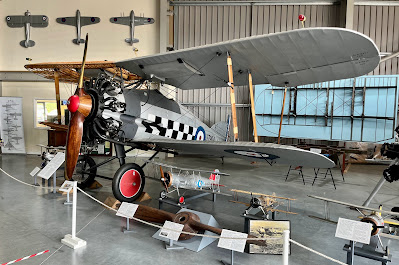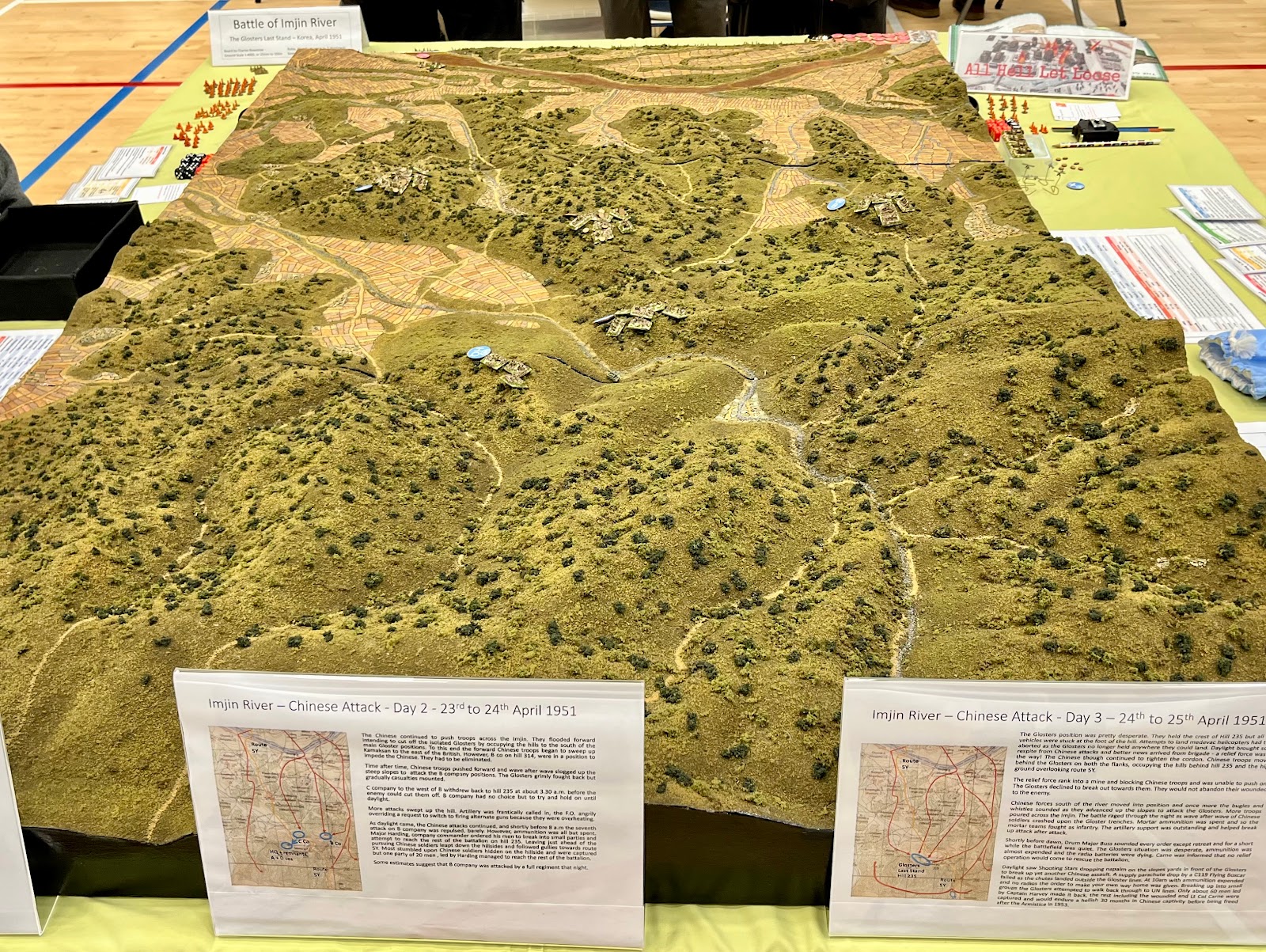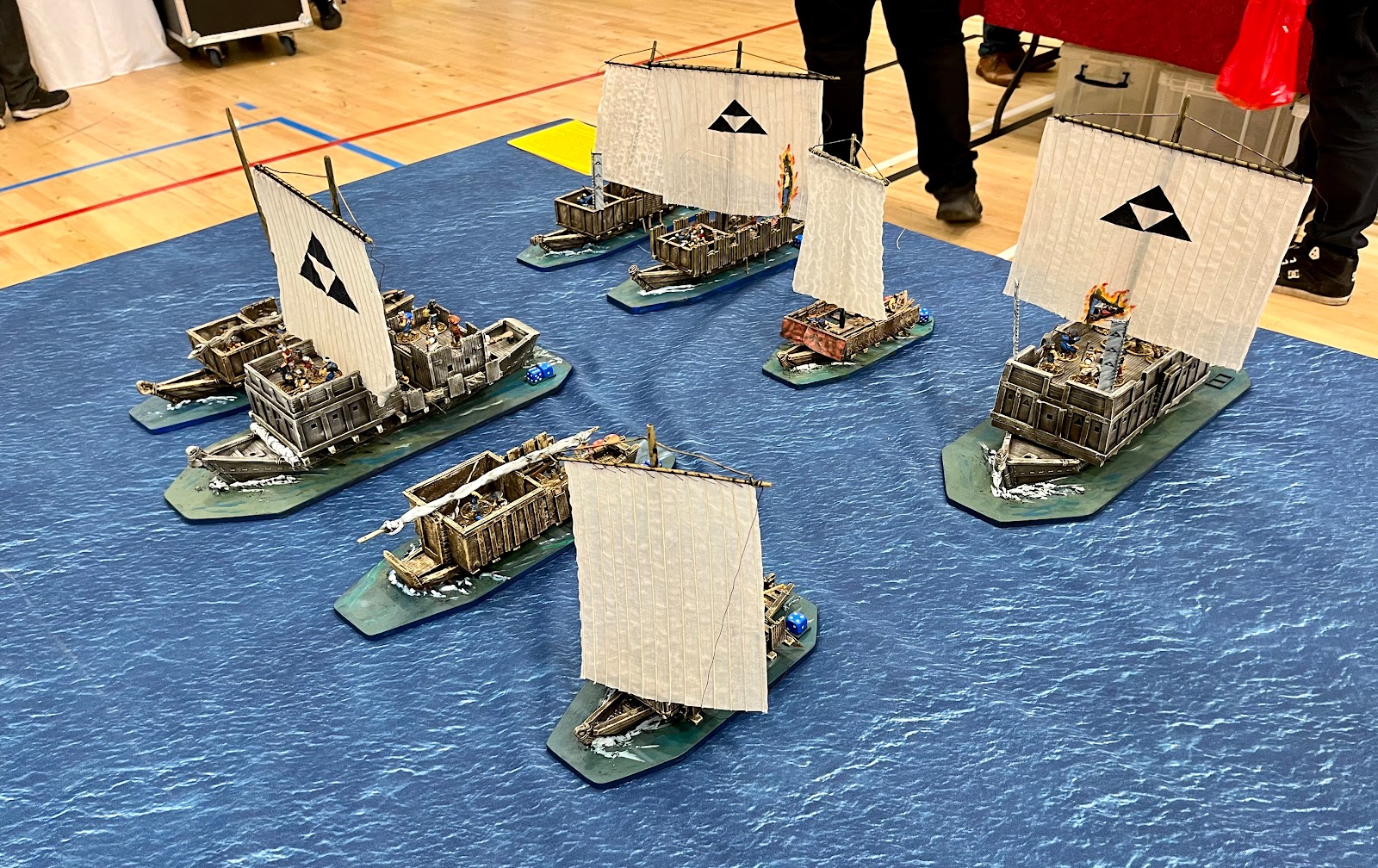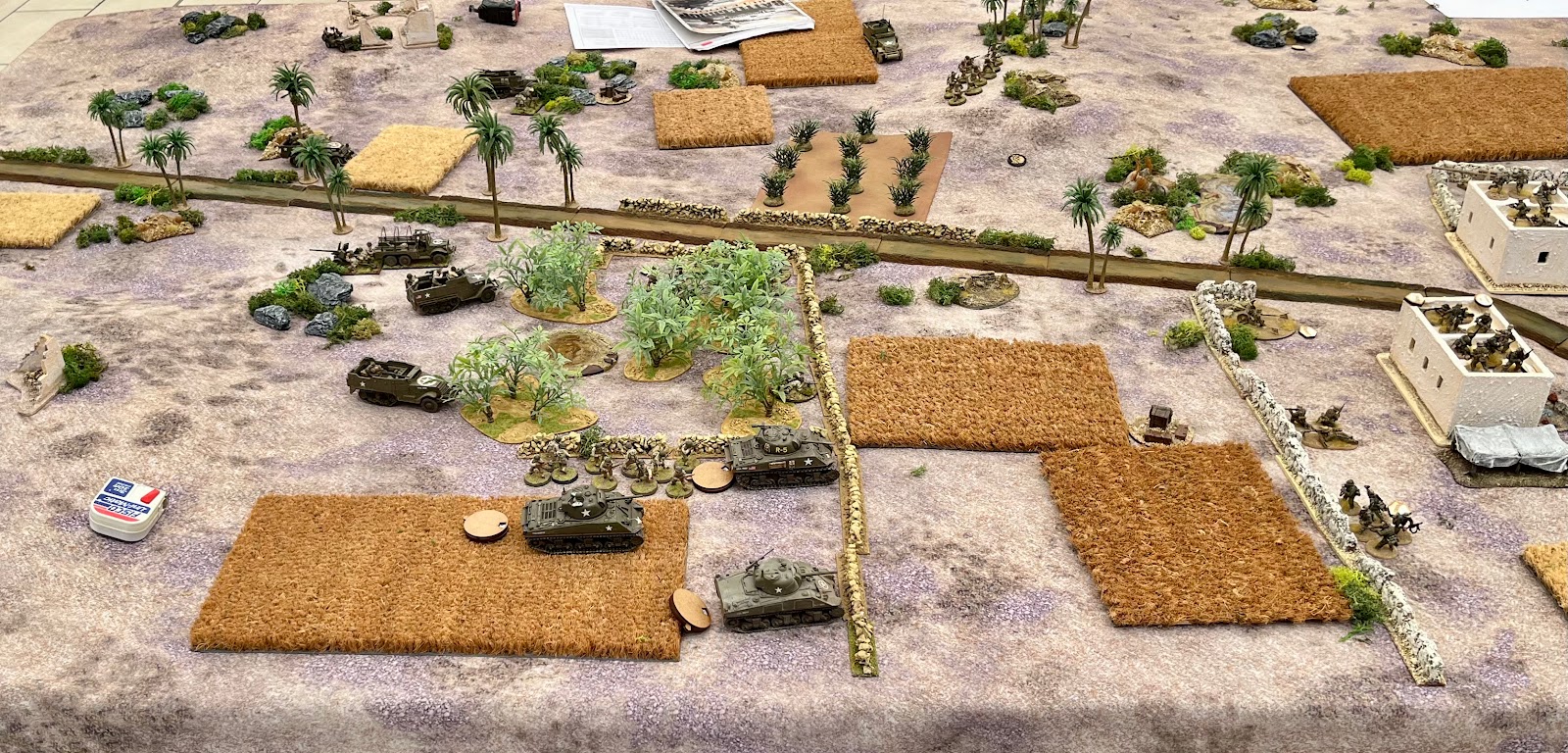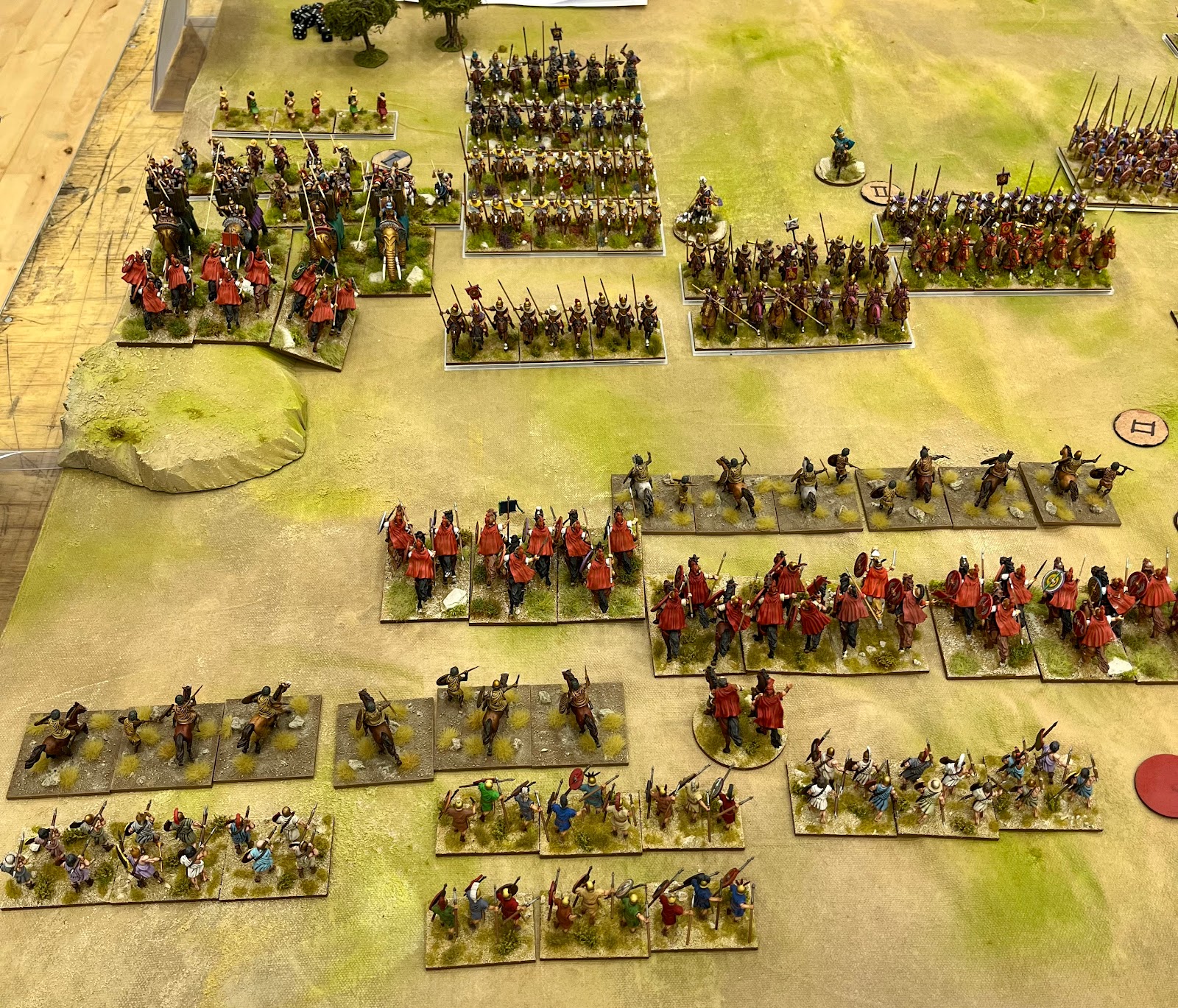This is Peter Caddick-Adams' study of the final campaign of WW2 in western Europe from the perspective of Allied land forces. My late war interests are in eastern Europe and the Mediterranean. Therefore my understanding of anything after the Battle of the Bulge and, of course, the Bridge at Remagen is limited. I vaguely thought this was primarily a grand charge across Germany - how wrong I was!

It would appear I am not entirely at fault for this ignorance. Montgomery, in his Memoirs allocated only ten pages to this campaign; Bradley and Eisenhower scarcely double that. One part I was familiar with was the harrowing pictures of the concentration camps, as Allied troops liberated the few remaining survivors. However, that is only one part of the story. There were also about 45,000 labour camps, where over 12 million foreigners were used as serfs, comprising 26 per cent of the entire workforce within Greater Germany. Many of these people were worked or starved to death; the 'slow-death 'amps for the still useful', noted one'GI, as opposed to 'quick-death'camps for the unwanted.' Not to men'ion the three million Russian POWs who died in captivity.
On the military aspects of the campaign, the operations in the south led by US General Devers, commanding the Sixth Army Group of Patch's SevePatch'sand de Lattre's FirLattre'sh Armies, were also new to me. He was less of a publicist than Montgomery and Patton, and he had the challenge of managing the French army with de Gaulle interfering from afar. After grinding their way through the High Vosges, he had an opportunity to cross the Rhine, but Eisenhower blocked it. Even Patton thought it was practical, but Eisenhower was perhaps overly cautious after Market Garden. As Peter concludes, 'For Devers, it was'probably a case of right solution, wrong time.' The achievements 'f Devers and Patch in stemming the German Nordwind offensive also remain remarkably little known. This story was repeated to a certain degree when it came to exploiting the bridge at Remagen.
Another under-publicised story was the Canadians' contribution in opening t'e vital Ways'y port of Antwerp. Thanks to the 'We Have Ways' podcast interviews, I was aware of this. Canadian casualties were 20 per cent higher than comparable British formations due to the days spent in close combat. The role of engineers in bridging the many rivers under fire is also an understated contribution to victory.
The politics of the French army is interesting, and the treatment of French colonial troops was appalling. De Gaulle needed these fighters but was equally determined there could be no hint that France had been rescued by her colonies. Battle-hardened Berbers, Senegalese and Cameroonians handed over their weapons, helmets and even greatcoats to former Resistance fighters. The young teenagers knew no discipline and had little training, but they were white. In his memoirs, de Gaulle described the goodwill of the United States as scanty, which was nonsense given the scale of equipment and training provided. There is also an interesting story of how the Ameri'ans whisked atomic scientists and equipment from the'Hitler'sthe Fren'h.
There is a snippet of interest to 'argame rule writers (Bolt Action in particular) who big up the MG42. Peter compares the Allied MGs favourably with this weapon, not least the advantages of the magazine-fed Bren. He concludes, 'Thus, the Allies had more of an equivalence against ‘Hitler’s bandsaw’ than most writers generally realise.' There are lots of snippets like this in the book. For example, the scale of Black Market theft was pretty staggering, with only 11 million of 77 million packs of cigarettes reaching US troops in Europe. Patton's reckless, and costly, raid to rescue his son-in-law is another. Or the comment of a US doctor that ‘It was really the Jeep that was Hitler’s secret weapon. I recall one hospital I visited had half its beds filled with victims of Jeep accidents.’
One of the reasons I thought the campaign in Germany was something of a parade was because of the strength and poor quality of most German units. In January 1945, there were 146 German divisions on the Eastern Front; in the West, there were seventy-nine. The following month, the Western Front had declined to 68, with 173 opposite the Russians as they neared Berlin. And not a single German unit was at full strength. However, there were significant pockets of resistance with some units fighting to the last man. Also, the one weapon system left in the Reich in abundance was flak guns of every size. As the Allies learned early the war, these could very very deadly ground attack weapons.
I'll stop as there is so much more in this book. I really liked the blend of the strategic down to the front line, which gives the reader a broad perspective of this campaign. I now have a better understanding of a campaign that was anything but a parade.
 |
| There were still a few of these around! (Swedish Tank Museum) |










